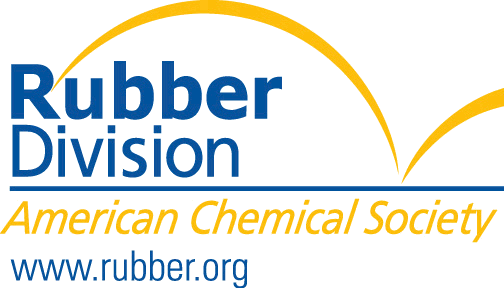Influence of SSBR Microstructure on Silica Mixing & Compound Performance
Compounders have varying opinions on the optimum SSBR microstructure for “best” performance at any given Tg, but there is little data where the performance of equivalent polymers, from a molecular weight and molecular weight distribution point of view, have been compared. This paper looks at the synthesis and performance of three pairs of solution SBRs, all with the same molecular weight and molecular weight distribution, at three different glass transition temperatures i.e. -16°C, -24 °C & -46 °C. Each pair consists of a high vinyl/low styrene and a high styrene/low vinyl SSBR. These polymers were mixed in a classic silica tread formulation, and tested using various laboratory predictors of tread performance and compound processability. The effect of styrene and vinyl content on performance and processability were determined across this range of polymer glass transition temperatures.
